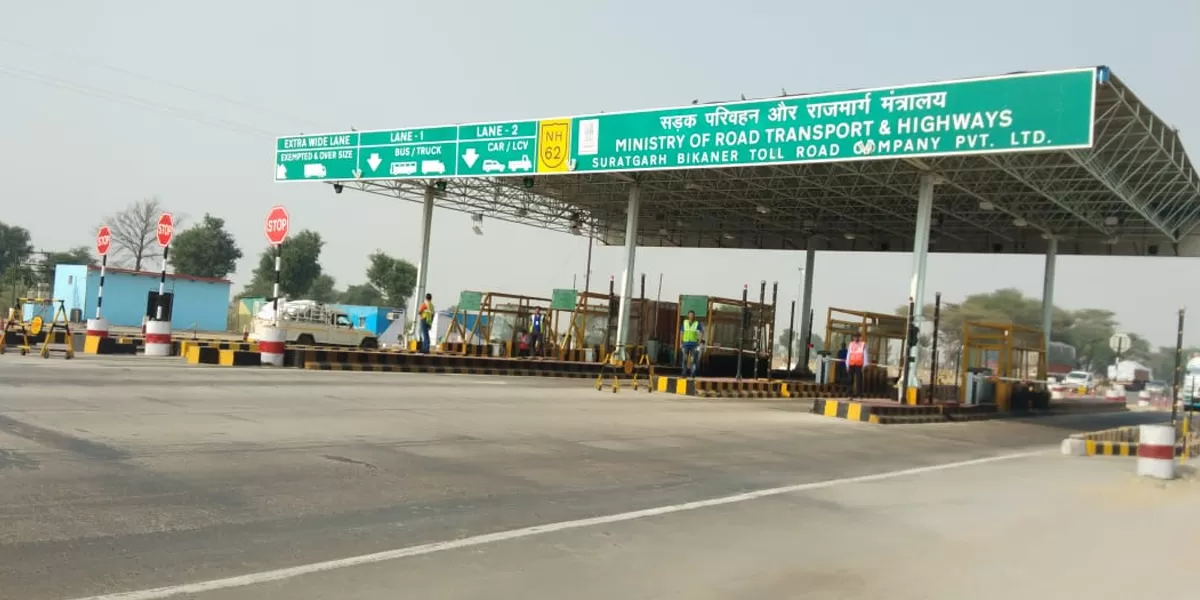
India’s Coal Production Passes 1 Billion Tonne Milestone in FY 2024-25

Choice Consultancy Wins Rs 634.7 Million Public Sector Projects
Choice Consultancy Services Pvt Ltd, the public sector advisory arm of Choice International Ltd, has secured two major project developments totalling approximately Rs 634.7 million (inclusive of GST), further solidifying its role in public sector transformation and infrastructure planning across India.The company has received a work order worth Rs 528 million from the Maharashtra Institution for Transformation (MITRA), under the Government of Maharashtra. This assignment, part of the World Bank-backed MahaSTRIDE Programme, involves setting up District Strategic Units (DSUs) across the Chhatrap..

Shalibhadra Finance FY25 Profit Jumps 34% Year-on-Year
Shalibhadra Finance Limited, a leading two-wheeler financing company with a deep presence in Gujarat, Maharashtra, and Madhya Pradesh, has reported a 34 per cent year-on-year rise in net profit for FY25, reaching Rs 160 million. The company’s performance was supported by disciplined lending, cost efficiency, and robust asset quality.Financial Highlights – FY25:Net Profit: Rose 34 per cent year-on-year to Rs 160 million. Q4 FY25 profit also increased by 34 per cent to Rs 44 million.Net Interest Income (NII): Up 13 per cent YoY to Rs 295.8 million for the full year and 16 per cent to Rs 84.3..

Court Orders Uttarakhand PWD to Pay Rs 172 Million to MBL
The Commercial Court in Dehradun, Uttarakhand, has directed the Public Works Department (PWD), Government of Uttarakhand, to pay Rs 172.4 million to MBL Infrastructure Ltd. in accordance with an arbitration award dated 23 March 2024. The case pertains to a completed road project under Package No. 5 for the improvement and strengthening of state roads in Nainital and Udham Singh Nagar districts.The arbitration tribunal had issued a unanimous award in favour of MBL Infrastructure Ltd., granting a payment of Rs 172.4 million, which includes interest accrued up to the date of the award. Additional..















